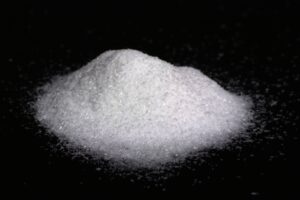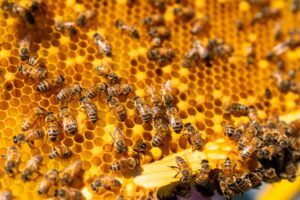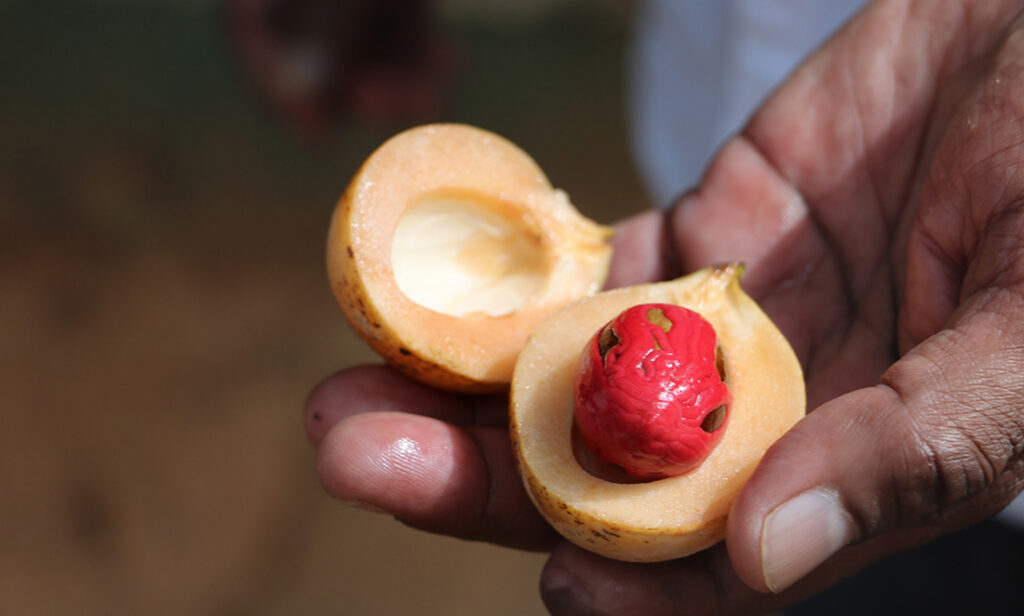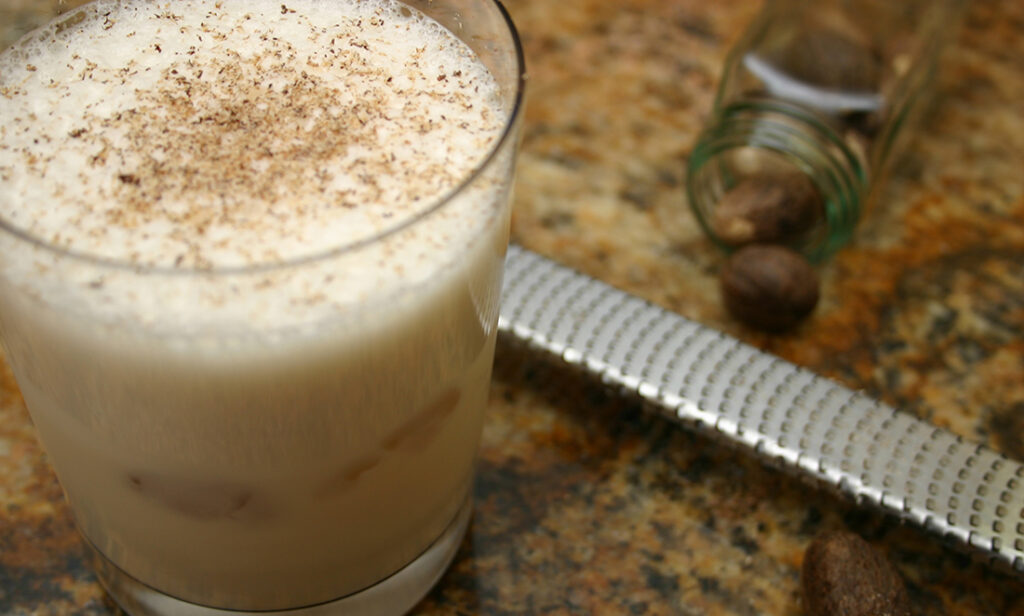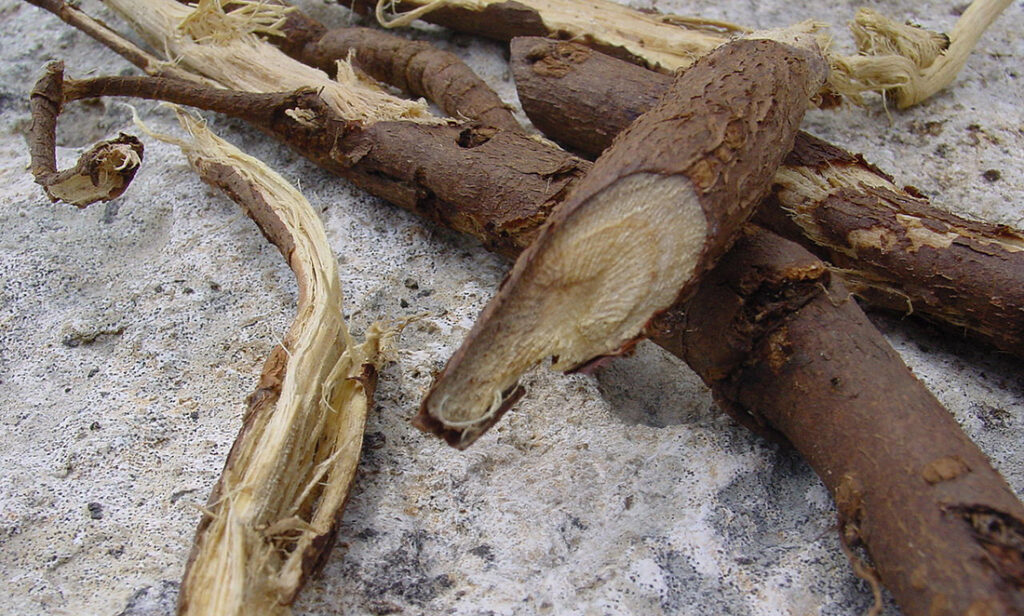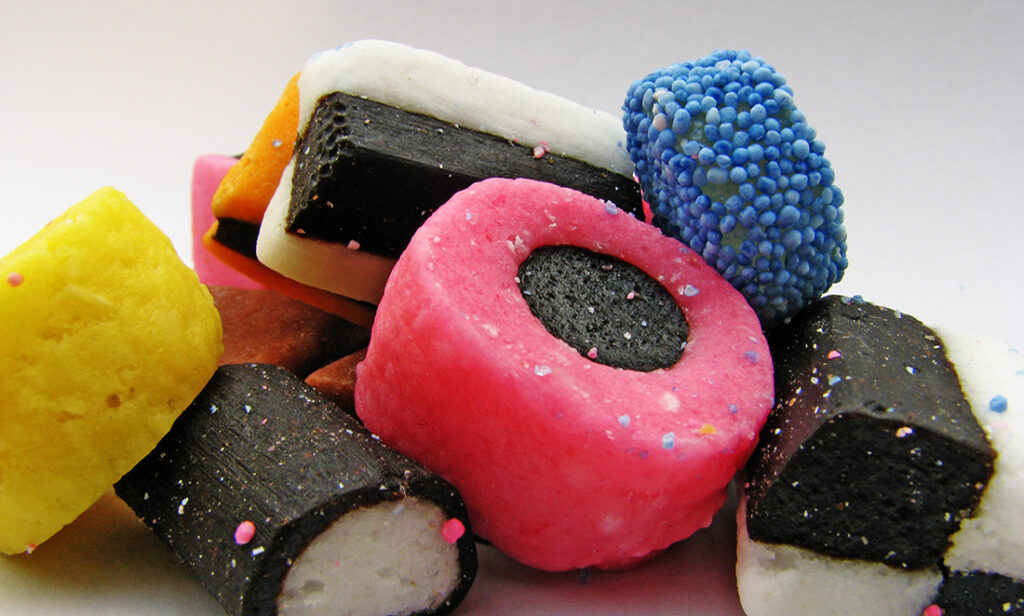Are you reading this article over breakfast? Then look deep into your bowl and quiver, because everywhere you look there might be something with the potential of harming you. Let’s take a deeper look at three of them …
Nutmeg
In ancient times, this spice was valuable. Very valuable. In fact, it was the most valued commodity after gold and silver at one point, used to preserve foods and even thought to ward off the plague. Back in those days, nutmeg trees grew only on the so-called Spice Islands—today called the Banda Islands. Nutmeg trade, along with that of cloves, ignited a fierce battle between various European countries, which ended with the trade of a little piece of land known today as Manhattan in exchange for control of the Banda Islands and their precious nutmeg trees.
Today, nutmeg is a common ingredient in many holiday treats. But too much of this festive spice can have you feeling less than jolly. Nutmeg contains a chemical called myristicin, a well known psychoactive drug. About three teaspoons of ground nutmeg are likely enough to kill you. Smaller amounts are known to cause hallucinogenic effects as well as symptoms like headaches, nausea and dizziness, dry mouth, bloodshot eyes and memory disturbances. But it’s not all bad. Nutmeg is currently used in medical research to treat things like parasitic worms, colon cancer and chronic pain.
Beyond spices, do you have a sweet tooth? Then you might need to curb your taste for this popular sweet treat.
Sweet liquorice
Liquorice, used to make those black funny-looking candies, comes from the root of a plant called Glycyrrhiza, which literally means ‘sweet root’ in ancient Greek.
Famous for its natural sweetness, it has been used for ages in a large number of applications since ancient Egyptian, Greek and Roman times. In ancient China, for example, it was one of the most commonly prescribed ingredients for the treatment of gastric ulcers.
More recently, a 2016 study even found anti-cancer properties in liquorice extract. Other studies suggest it can help improve dental health and reduce inflammation.
But just don’t overdo it. A recent study showed that a 45-year-old woman developed high blood pressure after drinking six cups a day of liquorice tea over several months. A little-known fact about liquorice is that it has a significant effect on blood pressure due to the action of glycyrrhizin in the kidney. This is the chemical responsible for the sweetness in liquorice.
OK, so easy on the nutmeg and the liquorice. Now, beware of this fish.
Yellowfin tuna
Too much of this go-to lunch snack could leave you in deep water. A 2017 study measured persistent organic pollutants (POPs) levels in yellowfin tuna from around the world. POPs are toxic chemicals that have been produced in different industries, from agriculture to industrial manufacturing and disease control. Today, they are found all around the environment where they affect wildlife both on land and at sea.

The yellowfin tuna study found that fish caught near industrialised areas, like the northeast Pacific Ocean and northeast Atlantic Ocean, had POPs levels up to 36 times higher compared to fish captured in more pristine waters such as the west Pacific Ocean. Such high levels of exposure to POPs have been linked to different health problems, like cancer, type 2 diabetes, obesity and male reproductive health. It has also been linked to early menopause in women.
To avoid exposure to POPs such as those that accumulate in the flesh of fish, be mindful of the fish you eat. Make sure to ask where the fish was caught and avoid any fish coming from heavily industrialised parts of the world.
Poisonous pantry favourites are one thing, but all in all, you should think twice about the things you eat and drink. A good place to start is this recent review from The Lancet on health and pollution.
And remember, you can have too much of a good thing.





